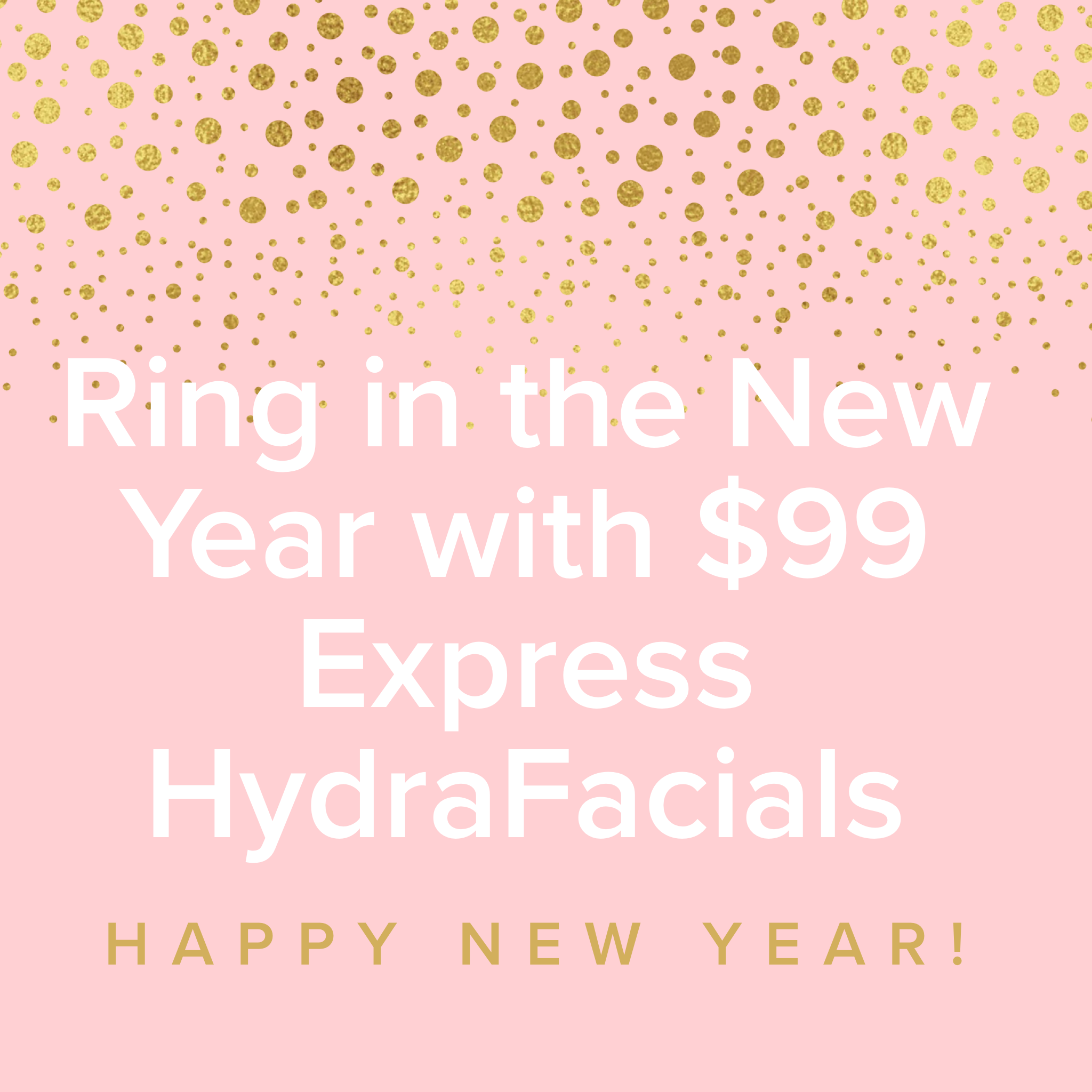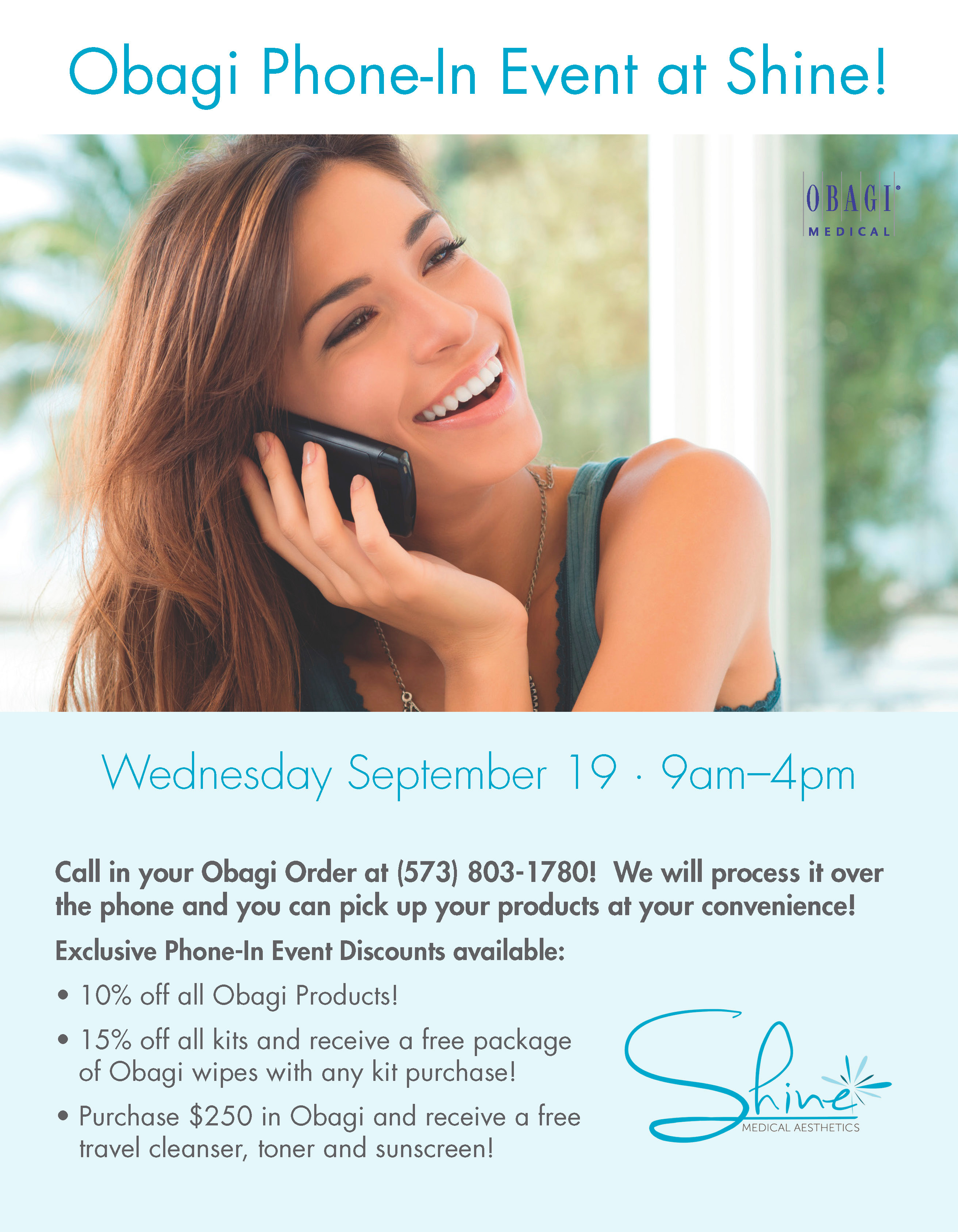
Holiday Packages
Related Posts


Bye Bye Sun Damage
Sidney | 18.9.2018

Holiday Packages!!!!
Sidney | 5.12.2017
We have the most perfect holiday packages to put you at the top of the gift giving list or to treat yourself!
1) Shine Bright Facial
30 Minute Massage $80
$15 Savings
2) Body Scrub
60 Minute Massage $102
$18 Savings
3) HydraFacial
60 Minute Massage $165
$30 Savings
4) Eye Peel
3ml Latisse
Choice of Eye Cream $250
$50 Savings
5) Choice of Facial $445
(HydraFacial, Shine Brilliance, or Microdermabrassion)
Choice of Vitamin C, Retin-A, and Moisturizer
$65 Savings
